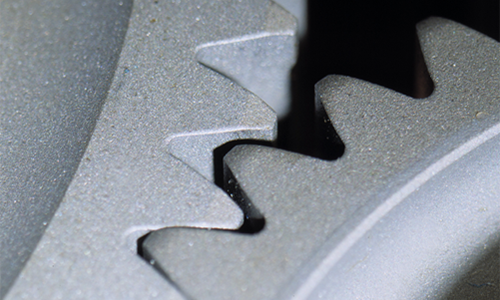
Tribology is defined as the science and technology of interacting surfaces in relative motion. It therefore encompasses the study of friction, wear and lubrication between surfaces in contact and the interactions at their interface. Such interactions may be the transmission of forces, the conversion of mechanical energy, the chemistry of the surfaces, or the interlocking phenomena related to surface morphology and topography. The basic essence of tribology is to understand these surface interactions and thus be able to solve problems and find adequate solutions.
The economic implications of tribology are significant with recent research showing that several percent of the Gross National Product (GNP) could be saved in many industrialized nations by solving tribological problems. This could be as simple a solution as the application of a low friction coating to a surface, the amelioration of the lubricant at the sliding interface, or the reduction in wear by changing the system design.
Tribology is a truly interdisciplinary science and must therefore by treated as one. Many engineers are unprepared for solving tribological problems because they only see one side of the problem. For example, a mechanical engineer may understand the mechanics of a contact, but not the potential chemical interactions that may occur, nor the potential for lowering friction by the addition of a lubricant. Also, most undergraduate engineering courses often neglect tribology, or only cover the subject very briefly. This does not help graduates to gain the tools necessary to solve real-world tribological problems.
This course begins with the basics of surface topography and contact mechanics, as well as fundamental concepts of deformation at different scales. This is followed by a focus on the different modes of friction and wear that may be encountered, with emphasis on adhesive and abrasive/erosive wear, ceramics wear, polymer wear and coatings wear. Two sessions are dedicated to the design of tribological tests, the instrument configurations currently available and the best ways to interpret test data.
At the end of this course, the attendee will have a solid understanding of basic tribology principles, test methods and will have gained a valuable starting point for solving real-world tribological problems.
This course is intended for engineers who have encountered practical friction and wear problems and want to learn how to solve them. It is equally intended for active researchers in surface science, coatings research, materials testing and product development.
Run annually at Danish Technological Institute, Kongsvang Allé 29, DK-8000 Aarhus C, Denmark: https://atv-semapp.dk/introduction-to-tribology/



